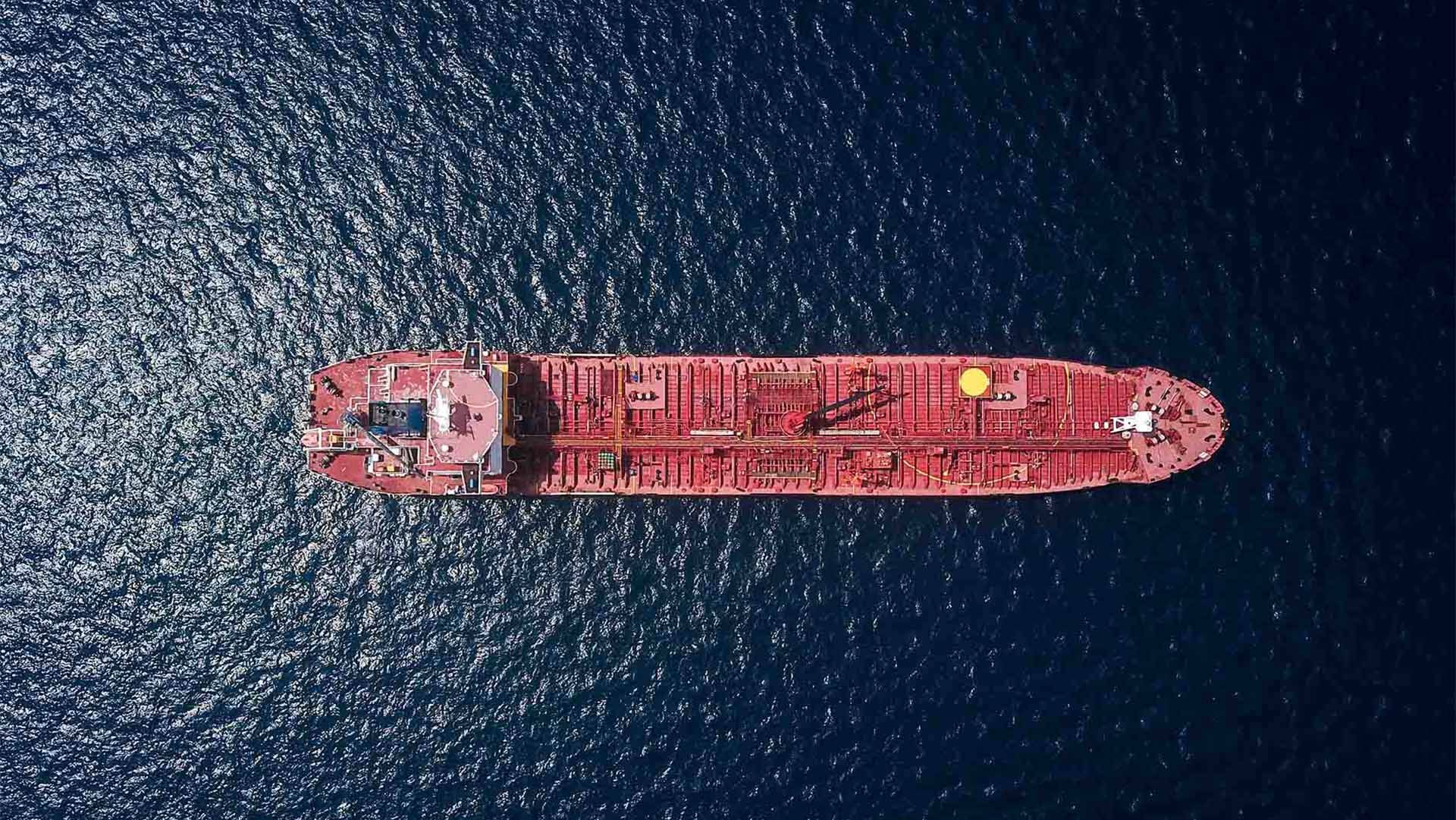BLOG
Telecom26 blog

Our team of maritime connectivity experts have long been focused on the needs of the commercial shipping sector. In June we celebrated The Day of the Seafarer, by having another deep dive into our maritime connectivity portfolio.
We know from speaking with our maritime connectivity customers how difficult – and lonely - life can sometimes be at sea. Our maritime connectivity team was therefore delighted to read about the latest Seafarers Happiness Index report in Digital Ship which
“reveals that seafarer happiness levels are recovering after reaching a record low last quarter” and that
“the influx of industry solutions to tackle seafarer wellbeing has finally begun to lift morale and the mindset onboard”.
However, “changes regarding connectivity have been met with cautious optimism by seafarers who are excited at the prospect of improved communication with loved ones, yet wary of the implications of cost and quality of service”
Earlier this year we wrote an article for Digital Ship magazine titled “Netting the full rewards of ship digitalisation means putting humans back into the picture”.
In it we discussed how the shipping industry is now starting to embrace digital transformation as it brings a myriad of benefits that can be secured by integrating supply chain solutions, collecting remote data, optimising fuel and engine management, automating payment for insurance and port charges, and so on.
Of course, the same maritime connectivity that will enable the digital transformation of on-board operations can also be used by the crew whose connectivity should not be seen by ship operators as a way to make money.
You can read the full piece written by our maritime connectivity experts on page 26 of the online magazine which can be found here.
Another interesting read about the maritime industry comes from The Lanier Law Firm’s Maritime Safety Guide.
Telecom26, maritime connectivity, nearshore connectivity and private networks at sea
As a global maritime connectivity operator, Telecom26 provides connectivity across the world using our global maritime connectivity service.
We offer bespoke maritime and marine communications services that integrate inbound and outbound roaming, with full support of data services. Fortunately, the maritime connectivity services provided by Telecom26 that enable crews to communicate with their loved ones, watch Netflix, do their banking online etc use the same infrastructure necessary to support the digital transformation of operations on-board including IoT.
Our maritime connectivity services include:
- A full Cellular At Sea service for vessels of all sizes
- A Nearshore Connectivity Service - Our recent blog “Nearshore Connectivity - perfect for vessels up to 30km off the coast” discusses how most ships and vessels spend the majority (up to 60%) of their time in port or in coastal waters. They are therefore within range of land-based cellular networks which can provide coverage to vessels as far out as 30km. So, instead of relying on costly satellite for data or connectivity, vessels – and the people on-board - can use these cellular networks.
- A Maritime IoT Service including private networks on-board vessels, oil rigs and platforms – and supply chain tracking.
At the heart of our maritime connectivity services are our Global eSIM and physical SIM cards. These provide data to all onboard devices via cellular data links. By onboard devices we mean Wi-Fi routers, container sensors, IoT networks, any system process that needs to connect to the internet, to a remote server or monitor – as well as the phones and devices of the crew.
Our Global eSIM and physical SIMs can access most terrestrial and maritime networks. Not all networks are equally available – some offer better coverage in some locations than others. And, every country has its own range of terrestrial network operators. This means that, as a vessel moves along the coast, different networks may be available.
For vessel owners,who care about the welfare of their crew, and understand that being able to communicate with the outside world during a voyage improves the quality of life of their team, there are a few different options to provide connectivity to their crews:
- Supply Telecom26 Global eSIM cards for sailors to insert in their personal devices. The fleet owner could pick up the cost of these or charge a fixed rate. Either way it would work out cheaper for the sailors than roaming on random networks as they travel.
- Use Telecom26 routers to create a private on-board LAN/Wi-Fi network which the crew can access.
Finally, our Global eSIM cards enable sailors to communicate with family and friends when they are on-shore. As onne sailor commented that “sometimes when we reach port you find that sim cards are expensive.”
Discussing your maritime connectivity requirements
If you’d like to arrange a call to discuss how our maritime connectivity and maritime cellular communications services can connect the people and devices on-board your vessels as they travel around the world then please get in touch.
Catching-up in-person to discuss your maritime connectivity needs
Later in the year Telecom26 will be attending these major international trade fairs where we will be discussing our maritime connectivity services.
SMM
6-9 September
Hamburg, Germany
Mets Trade
15- 17 November
Amsterdam
MEDICA 2022
14–17 November 2022
Düsseldorf, Germany
If you, or one of your team, will be at any of these shows and would like to discuss our maritime connectivity and maritime cellular communications services in-person then please book a meeting.

